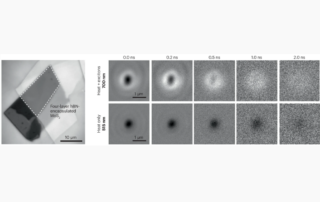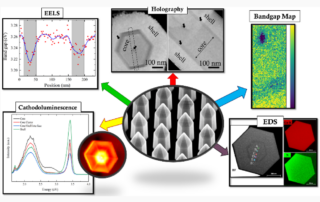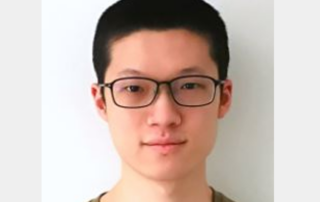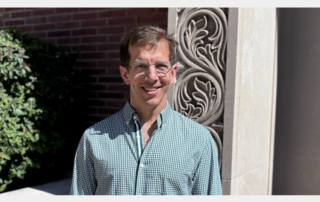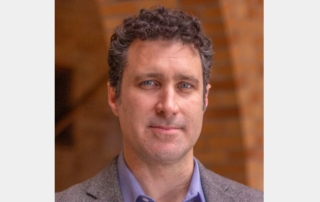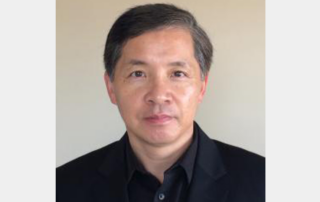Robust broadband ptychography algorithms for high-harmonic soft X-ray supercontinua
High fidelity soft X-ray imaging using both tabletop and facility-scale light sources is very powerful, enabling static and dynamic imaging with ~10 nm spatial resolution. However, it can suffer from several challenges. First, phase-matched soft x-ray high harmonic generation (SXR HHG) produces a bright supercontinuum that is spatially and temporally coherent. However, reconstructing objects from broadband illumination poses a severe challenge to widely used phase retrieval techniques. The performance is further degraded by photon shot noise, detector noise, and parasitic scattering from optics. For example, stray scattered light can be a challenge for tomographic imaging – since at high tilt angles, this stray light can appear close to the scattered light from the sample (see image).
To address this challenge, STROBE developed the first ptychography algorithms that simultaneously model broadband illumination, shot/detector noise, and parasitic scattering. The first algorithm, PaCMAN, corrects bandwidth using numerical monochromatization, enabling ~4x faster data acquisition relative to ePIE when both are speed-optimized, and 1.5-2x lower dose when dose-optimized. Thus, PaCMAN can advance low-dose imaging of delicate materials (cells, polymers, catalysts). A variant, Ms. PaCMAN, replaces monochromatization with multiple wavelength-dependent modes, providing superior reconstructions to multi-wavelength ePIE, and should provide state-of-the-art reconstructions from broadband illumination across elemental absorption edges. Figure shows experimental data on soft x-ray ptychography of skyrmion samples from the COSMIC beamline at the ALS that was used to test the base ADMM algorithm in the monochromatic limit, demonstrating a substantial improvement relative to ePIE in the presence of shot noise and parasitic scattering.
This advance required the combination of x-ray imaging (Thrust II), new models and algorithms to optimize the image extraction (Thrust IV), and data from a COSMIC beam time.

